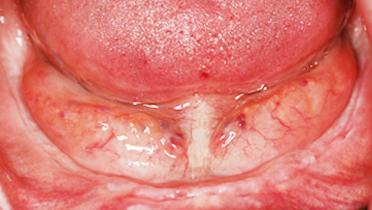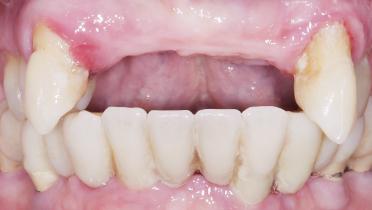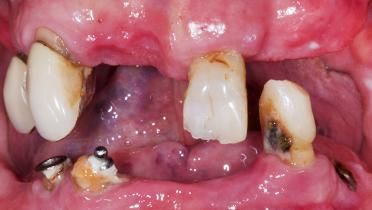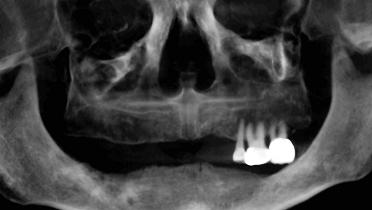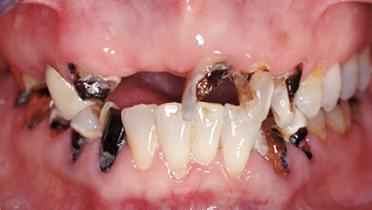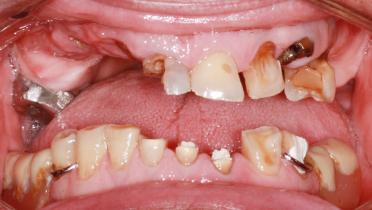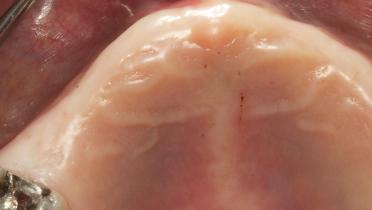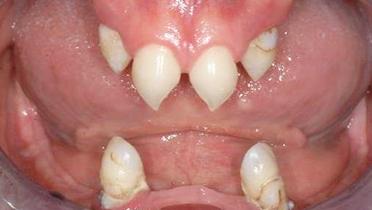Long term maintenance
Key points
- The long term recall regimen for maintenance is tailored to the patient's risk for peri-implant pathology
- The risk assessment tool to individualize patient follow-up
assess the risk for peri-implant pathology
After 1-year follow-up and onward, the frequency of recall visits for implant control shall be tailored according to the patient's risk of peri-implant pathology*. This can be evaluated with a specifically developed and validated tool called the Risk Assessment Tool [4]. It runs on an algorithm that calculates the results based on the clinical parameters assessed during the patient evaluation (see Module 4, section 4.1 for a recap on the clinical parameters).
Click on the blue button below and be directed to the Risk Assessment Tool [4]. It is specifically developed and validated to support clinicians to define the frequency of the recall visits, based on the outcome of the clinical evaluation. Save the tool to your favorites and use it with your implant patients. For each patient the result can be downloaded as a PDF and can be printed and added to their chart with your own notes.
Play a little with it to understand its function and related benefits. Afterwards, remember to come back to the online course to proceed with the Knowledge Check and receive your certificate of successful completion.
*Peri-implant pathology is defined as "The term for inflammatory reactions with loss of supporting bone tissue surrounding the implant in function" [1]. It is the leading cause of dental implant failure after osseointegration [2]. From an epidemiological perspective, it is a group of multifactorial situations with interaction of biological and biomechanical components in its pathogenesis [3].
Finalize your learning journey
This was the final module of your learning journey. Now take the next step forward and verify your learning in the Knowledge check module. Score more than 80% correct answers and receive your certificate of successful completion.

